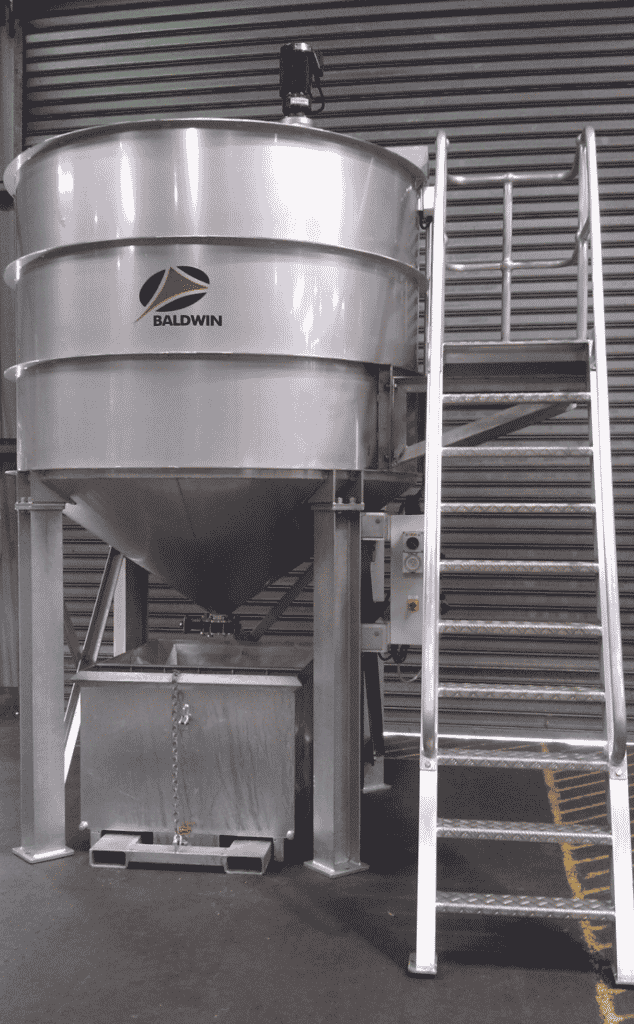What Are Clarifiers?
Clarifiers are settling tanks that are used for settling solids out of a wastewater stream, which can be used on the water without any chemical treatment. The water can be naturally settled or treated with coagulant and polymer for a faster settling rate. Clarifiers can be either round with a conical base or rectangular in shape.
For the ultimate efficiency plus peace of mind for your company, Baldwin fabricates stainless steel clarifiers that are ready to transport to your site for ease of installation and integration into a wider treatment system.
Baldwin Industrial Systems also use the clarifier design as a combined reaction tank and clarifier when the situation allows. This can minimise the equipment needed to address your company’s treatment requirements.
Clarifiers can be utilised as a part of a total treatment system which may involve other equipment such as Coalescing Plate Separators, DAF, Floating Oil Skimmers, or industrial wastewater filtration systems.
Why are Clarifiers important?
Clarifiers are an important aspect of the wastewater treatment process as they are vital in removing highly concentrated solids in wastewater.
How do Clarifiers work?
Clarifiers treat wastewater by allowing bigger particles to settle to the bottom, and these particles make a bottom coating of sludge requiring regular removal and disposal.
What Equipment is Available With Baldwin Clarifiers?
Equipment and options available with Baldwin Clarifiers include:
- pH adjustment systems
- Control Panels
- Access platforms
- Mixers
- Dosing systems
For clarifier tanks suited to your company’s requirements or more information on wastewater clarifiers, contact us at 02 4954 0440.

